Portsmouth Harbour is all set to light the way for aircraft carrier HMS Queen Elizabeth when she comes home for Christmas later this month, say BAE Systems.
The company say that the 15 mighty navigational aids, which stand up to 30m tall, clearly mark the deep water channel specially created to enable the carrier to safely navigate her way back to Portsmouth Naval Base.
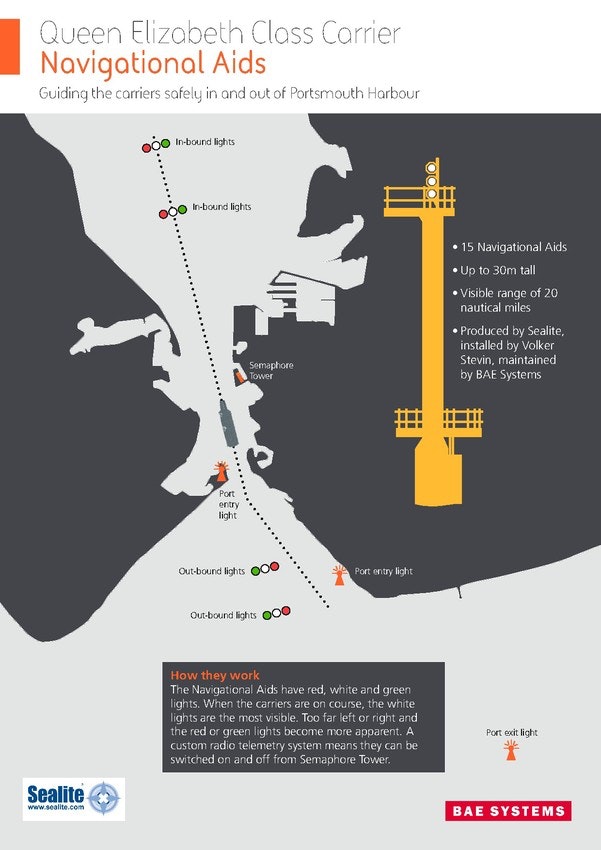
“To make sure the solar and battery-powered lights on top of the navigational aids are shining brightly whenever HMS Queen Elizabeth enters or leaves the harbour, regular maintenance is critical. And that’s where the BAE Systems’ divers come in.”
“We were asked if we could assist in the maintenance of the navigation aids and we were only too happy to help,” said Diving and Maritime Co-ordinator Jim Lynch.
“The team check the condition of the solar panels and batteries, ensuring they’re clean, free from guano and salt build up, and that the battery terminals are operating effectively. We carry out planned maintenance on a six-monthly basis as well as regular checks to ensure they’re fully operational.”
Diver Ed Ellis said he and his colleagues’ day jobs are usually spent inspecting and maintaining almost five miles of sea walls around the historic naval base, including jetties, quay walls and berthing facilities as well as centuries-old culvert systems and service tunnels, so maintaining the navigational aids is quite a change of direction – literally.
“It’s one extreme to the other but we all enjoy a challenge – although it can be a bit nerve-wracking as the platforms at the top of the aids can sway by up to a metre so we can only work on them at winds up to 17 miles an hour,” he added.
This will be HMS Queen Elizabeth’s fifth entry into Portsmouth Harbour in the safe hands of expert pilot Tony Bannister, who will be standing alongside new Captain Nick Cooke-Priest on the ship’s bridge to help make sure the carrier, the largest ever operated by the Royal Navy, stays on course.


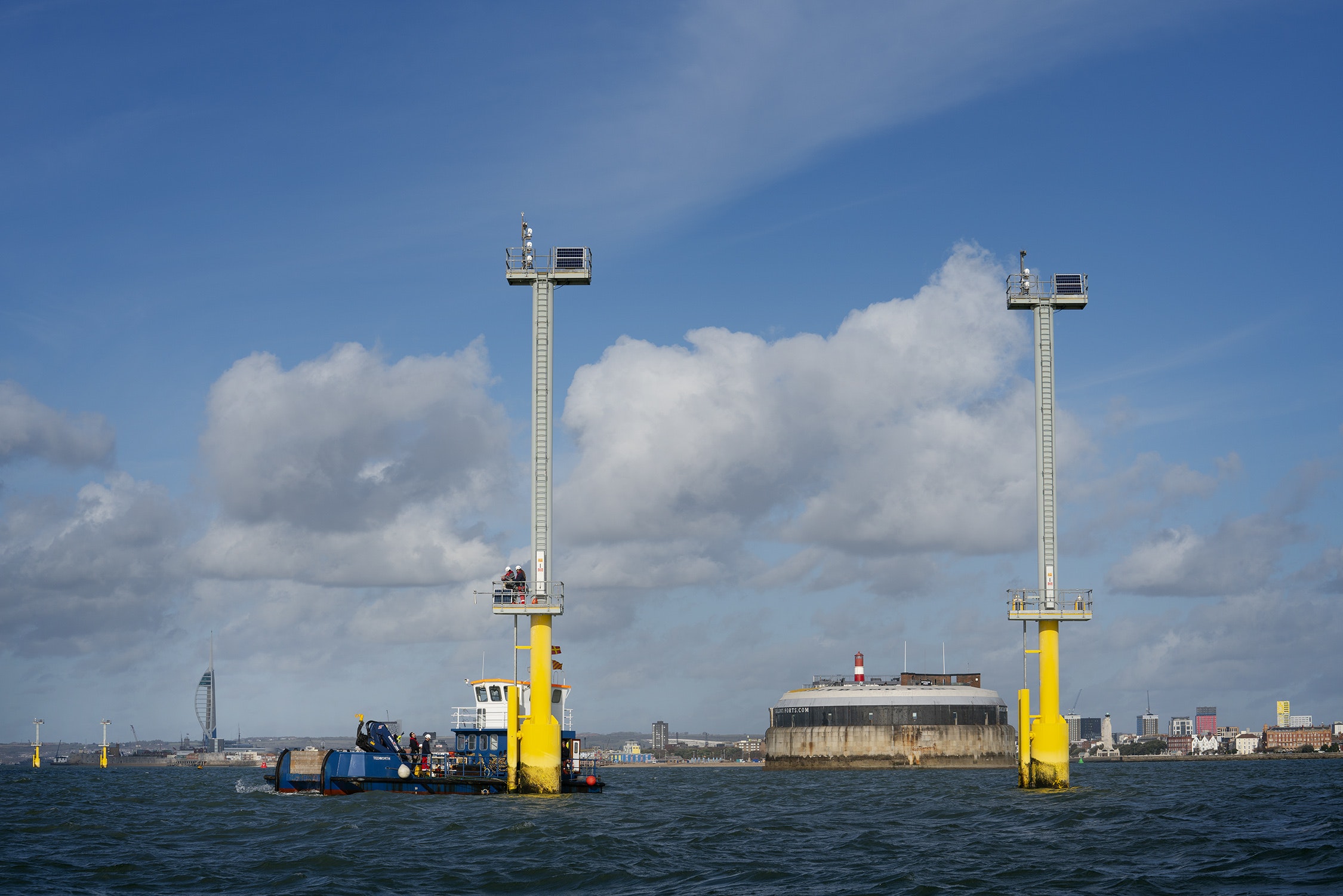

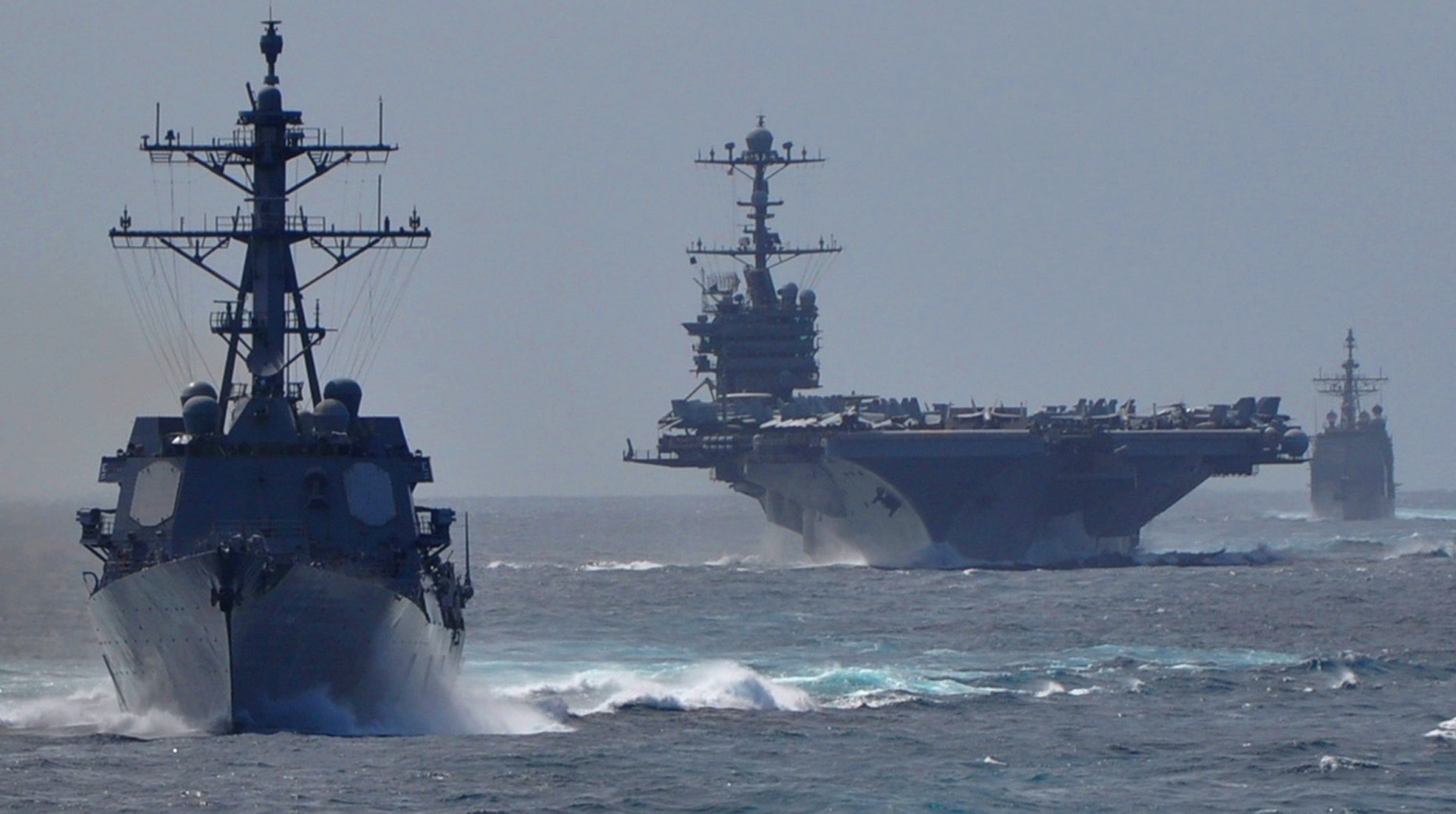
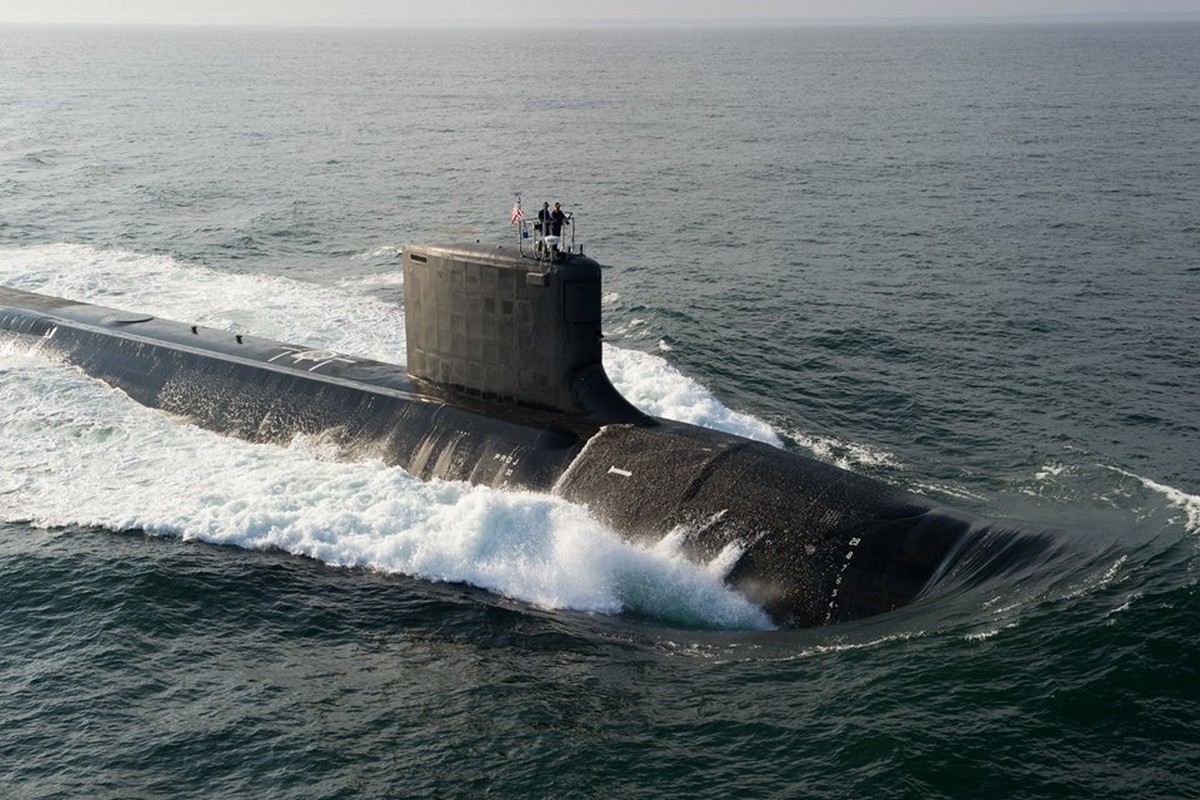

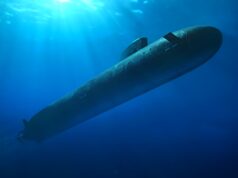
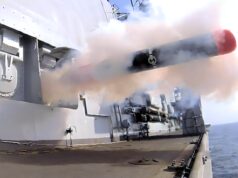

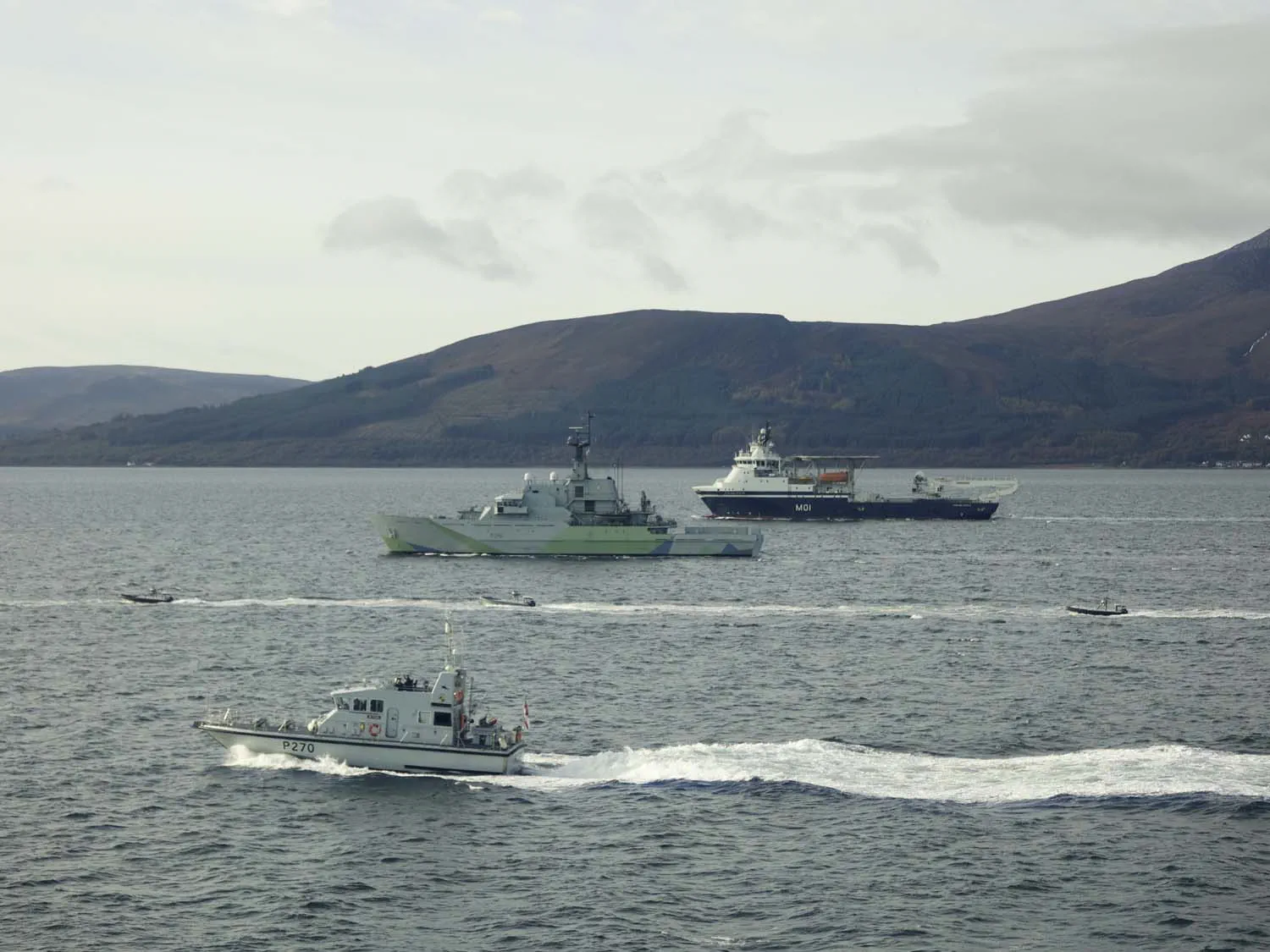
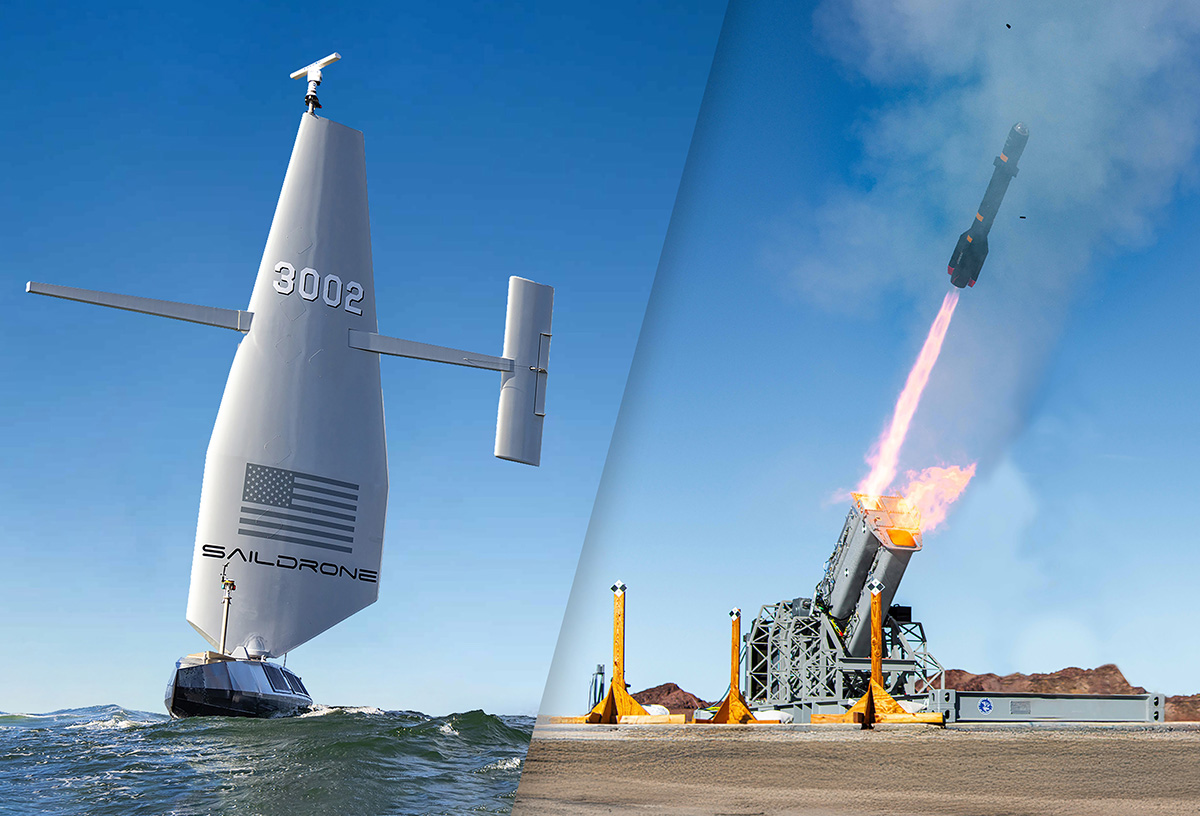
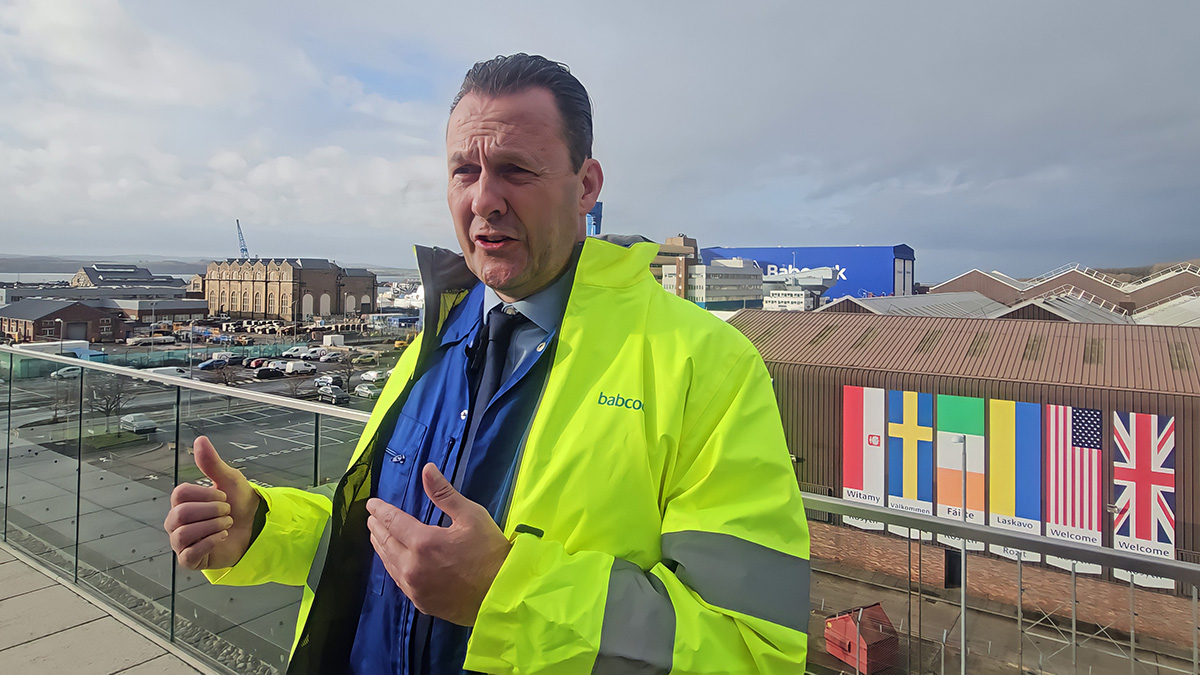

When’s the big girl due home?
Mid-December ~14th according to reports.
When she has ironed her blouse!
I guess these are like the lights I see when on the night ferry from Jersey coming into Poole only on a bigger scale?
Wonder how much they were?
Due to cost overruns and delays, a little over £1 billion per unit, fitted for-but-not-with bulbs. Thank you for choosing BAE
Quite.
?
LOL.
Why don’t the RN use AIS virtual navaids? They would be a lot cheaper and are zero maintenance.
Nice idea but there’d be no gravy train for BAE to jump on… hence why not…
Because ais / virtual systems are not 100% resilient. Can be corrupted or suffer power outage. Safer to have something real in such a vital area. If ever you are in the vicinity of a maritime military exercise one needs to be very careful if relying on AIS, as gps and AIS can be manipulated for security reasons, likewise all signals can be hacked with the right equipment.
Why use anything virtual?
As these ‘leading lights’ are physically there, there is no margin of error, no electronic gremlins, no transponder or receiver issues and they work and have worked as systems all over the world for around half a century. The AIS AtoN units Mark L refers to do require maintaining, calibration and certification, albeit less than leading lights.
I can guarantee they didn’t cost an awful lot, Levi was (I hope) poking fun out of BAe, but if you read the article, BAe didn’t actually build them, it was Sealite.
Portsmouth Movements show her arriving next Monday – 10th Dec at lunchtime.